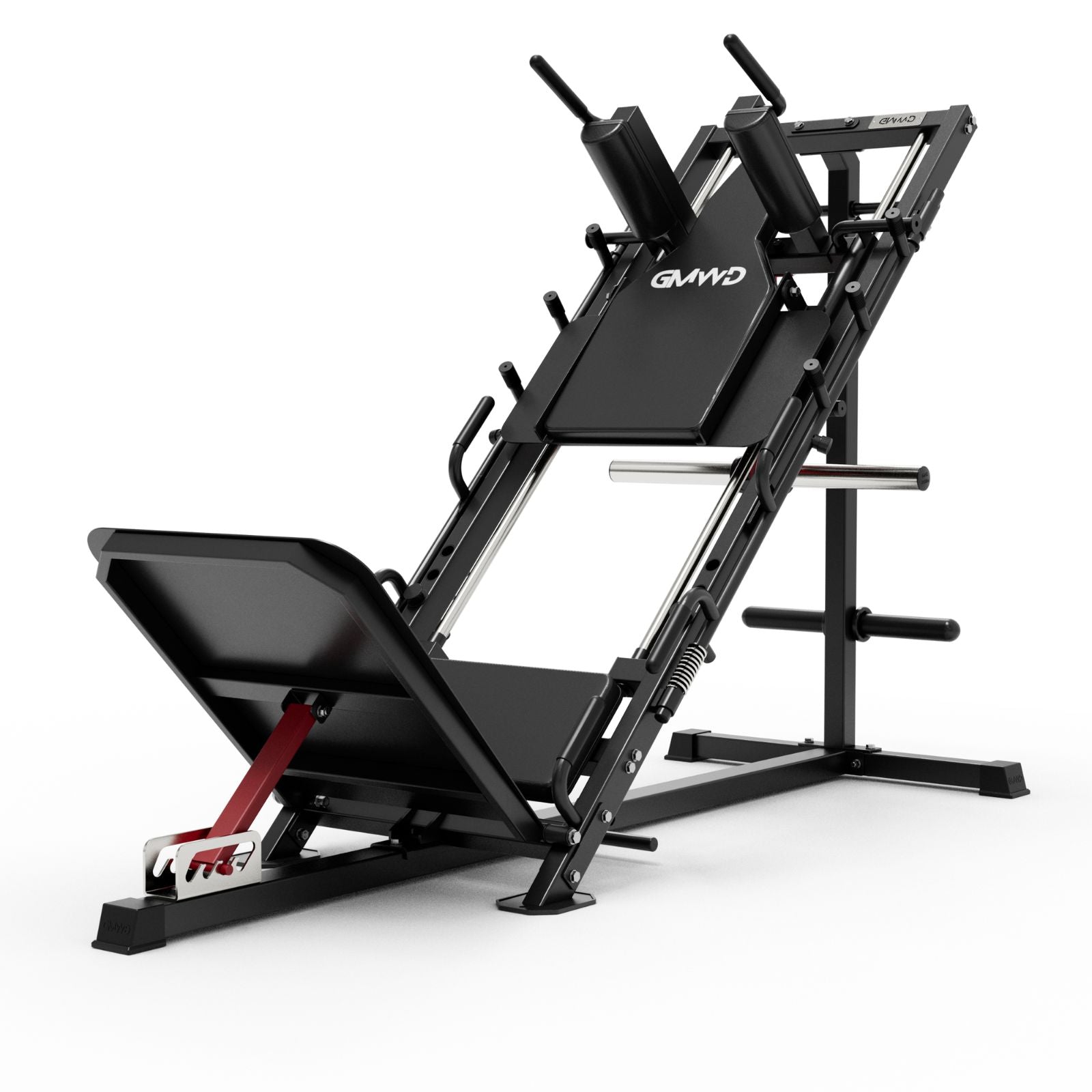When it comes to building a defined, well-balanced chest, few exercises rival the versatility and muscle-isolation of the cable fly. Unlike traditional dumbbell flys, cable flys maintain constant tension on the chest throughout the entire range of motion. Whether you’re a beginner or an advanced lifter, exploring different types of cable flyes can unlock new gains and target the chest from various angles.
In this article, we’ll break down the best cable fly variation for different goals, covering cable chest fly variations, types of cable chest fly, and even specialized cable fly variations for upper chest development.
Why Use Cable Chest Flys?
Before diving into the variations, it’s worth understanding why cable flys are such a staple in chest workouts:
-
Constant tension for better muscle activation
-
Greater range of motion than machines
-
Smooth, joint-friendly mechanics
-
Highly customizable angles and movement paths
With so many advantages, it’s no surprise that lifters are always exploring different types of cable flys to keep their training fresh and effective.
1. Standard Standing Cable Fly
This is the classic cable chest fly variation. Performed with cables set just above shoulder height, it targets the entire pectoral region and is perfect for general chest development.
-
How to do it: Stand in the center of a dual-cable machine with handles in hand. Take a slight forward lean and bring your arms together in a hugging motion, focusing on squeezing your chest.
2. High-to-Low Cable Fly (Lower Chest Focus)
This cable fly variation emphasizes the lower portion of the chest.
-
How to do it: Set the pulleys high. As you bring the cables down and forward, slightly rotate your palms downward.
-
Why it's effective: Great for developing that sculpted lower-chest line.
3. Low-to-High Cable Fly (Upper Chest Focus)
Looking for cable fly variations for upper chest? The low-to-high fly is your go-to.
-
How to do it: Set the pulleys low. Bring your arms up and in, as if you’re performing an underhand scoop.
-
Benefit: This variation targets the hard-to-grow upper pecs—ideal for building a fuller chest.
4. Seated Cable Fly (Isolation Focus)
Among the most controlled chest cable fly variations, the seated version minimizes momentum and focuses on pure muscle contraction.
-
How to do it: Sit on a bench between the cable stacks with cables set at shoulder height. Perform the fly motion while keeping your back against the pad.
-
Best for: Strict form and isolation work, especially useful during hypertrophy phases.
5. Single-Arm Cable Fly (Imbalance Correction)
This type of cable chest fly helps correct muscle imbalances and improve mind-muscle connection.
-
How to do it: Perform flys one arm at a time, focusing on keeping your torso stable.
-
Tip: Use a lighter weight to avoid rotation or leaning.
6. Incline Cable Fly
One of the best cable fly variations for upper chest, this move mimics an incline dumbbell fly while delivering the benefit of constant tension.
-
How to do it: Set an adjustable bench to a 30–45° incline between the cable pulleys. Perform flys upward and inward.
-
Muscles worked: Clavicular (upper) pectorals.
7. Reverse Cable Fly (Rear Delts & Upper Back)
Although not a chest movement, this fly variation trains the opposing muscles and improves posture—key for a balanced physique.
-
How to do it: Face the cable machine with arms crossed and pull outward in a reverse fly motion.
Final Thoughts
Whether you’re focused on size, symmetry, or upper chest development, there’s a cable fly variation for you. Experiment with these different types of cable flys and rotate them into your routine to avoid plateaus and maximize your gains.










































Leave a comment
This site is protected by hCaptcha and the hCaptcha Privacy Policy and Terms of Service apply.